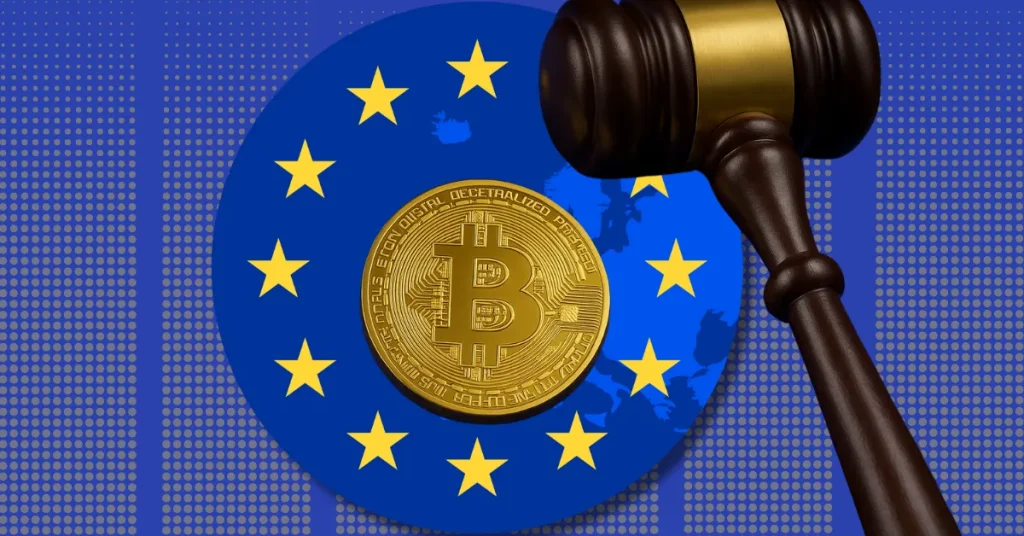
A major problem has arisen for financial institutions associated with the innovative and forward-looking sector of the economy.
Silvergate Capital, the holding company of Silvergate Bank, which has focused on serving the emerging crypto economy since 2016, announced on March 9 that it will scale back its banking operations. And Silicon Valley Bank (SVB), which has long played a similar role for startups, announced its bankruptcy on the 10th, transferring deposits to the Federal Deposit Insurance Corporation (FDIC).
Simply put, both banks suffered from the same problem: the classic bank run. Customers of both banks, whether they are cryptocurrency exchanges or high-tech startups, have faced various management challenges, partly due to the economic and financial conditions. As a result, customers’ cash withdrawals increased, bank deposits declined, and many long-term non-cash holdings were also hit.
In other words, the increased demand for cash (=more customer withdrawals) forced Silvergate Bank and Silicon Valley Bank to sell their backing assets at huge losses. Silvergate Bank announced a $1 billion loss on asset sales in the fourth quarter of 2022, while Silicon Valley Bank also posted a $1.8 billion loss on asset sales. Importantly in both cases, Treasuries accounted for a large percentage of assets.
It’s going to be quite ironic if high interest rates don’t reduce inflation but instead just causes a bunch of banks to fail due to bad bets buying treasuries.
—Dare Obasanjo (@Carnage4Life) March 10, 2023
It would be extremely ironic if high interest rates did not keep inflation in check and many banks failed because of bad investments in buying government bonds.
Problems facing many banks
There are two factors upstream of these problems. The real business cycle problem, and the Fed’s tightening of interest rates. These factors are also interrelated, essentially culminating in the chaos caused by COVID-19.
The Fed rate hike is the most direct pressure that has crashed Silvergate Bank and Silicon Valley Bank. For over a year now, I’ve been giving the obvious warning. Higher yields on U.S. Treasuries will discourage new investment in riskier sectors such as tech startups and cryptocurrencies.
Rising interest rates also pose another seemingly widely overlooked threat to bank stability. As the Wall Street Journal explains with surprising simplicity, the issuance of new high-yielding government bonds reduces the market value of low-yielding government bonds before interest rates rise.
Most banks hold large amounts of government bonds as collateral required by law. So the same risks that hit Silvergate Bank and Silicon Valley Bank apply to many banks to some extent. This is one reason why bank stocks, especially those of regional and mid-sized banks, have fallen across the board.
Problems specific to both lines
But Silvergate Bank and Silicon Valley Bank also faced unique cyclical problems that may not apply so broadly. Each of the two companies was targeting cryptocurrency technology and venture companies, which had seen significant declines in the early days of the COVID-19 pandemic. Both sectors have benefited from the coronavirus lockdown, with crypto assets especially benefiting from pandemic relief checks distributed to the American public.
So, both banks had massive inflows in 2020 and early 2021. Silicon Valley Bank’s balance sheet tripled from the end of 2019 to March 2021. Silvergate Bank’s assets also increased significantly in 2021.
Both banks would have bought more bonds as collateral to support deposit growth. Back when bond yields were around 1%.
But the Fed’s rate hikes have pushed yields on newly issued bonds to nearly 4%, reducing demand for bonds issued before the rate hike. As a result, when customers started withdrawing deposits, Silvergate Bank and Silicon Valley Bank had no choice but to cash out liquid assets such as government bonds at the risk of loss.
The impact of the pandemic still remains
You may be able to interpret this confusion in your own best interest by looking at just one part of the big picture. But perhaps closer to the truth is that they’re just escaping the chaos caused by the coronavirus in broken lifeboats and vying to be the first to get food.
For example, some people (particularly Bitcoiners) will criticize the Fed’s rate hikes, which are really necessary steps to curb inflation. Inflation stems from both the real cost hikes associated with the coronavirus and the vastly expanded money supply due to pandemic relief measures. It will take years to fully understand the true costs and benefits of such policies, but anti-Fed stances don’t make much sense at this point.
On the other hand, many in the mainstream will be tempted to criticize the very crypto sector that started the banking crisis. The most obvious proof of this claim is that Silvergate Bank, a crypto-friendly bank, crashed first. In the coming weeks, it may be called “the first domino toppling” or something like that, but it’s not the reality on the ground.
Silvergate Bank was certainly vulnerable. It specialized in the cryptocurrency industry, which still needed time for actual penetration and sustainable earnings, but the industry as a whole has been sluggish. But that’s not the cause of the liquidity crisis, nor is the failure a major factor in future bank failures.
Rather, all American banks face many of the same structural pressures, whether they’re funding server factories or corn and peas.
The root cause is the real, massive disruption in the economy, the virus that has killed more than 6 million people. If there’s a lesson to be learned now, it’s that no monetary policy can completely contain real-world turmoil.
|Translation: coindesk JAPAN
|Editing: Takayuki Masuda
|Image: CoinDesk
|Original: A Tale of 2 Banks: Why Silvergate and Silicon Valley Bank Collapsed
The post Why did Silvergate Bank and Silicon Valley Bank collapse? | coindesk JAPAN | Coindesk Japan appeared first on Our Bitcoin News.

 2 years ago
147
2 years ago
147














 English (US) ·
English (US) ·